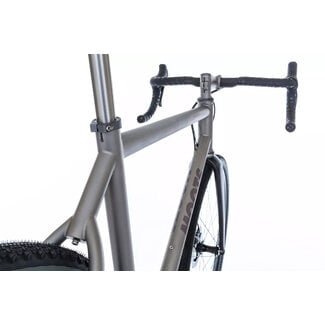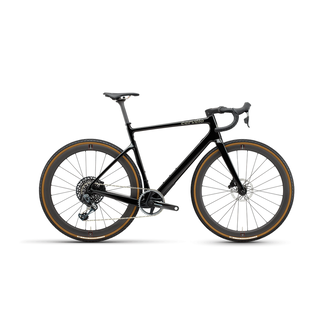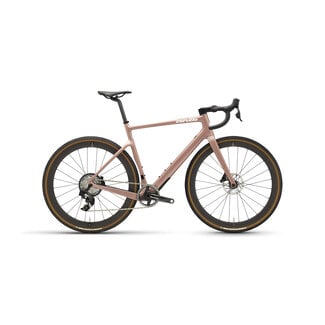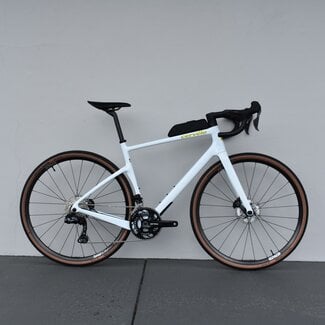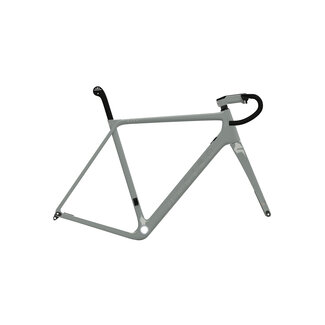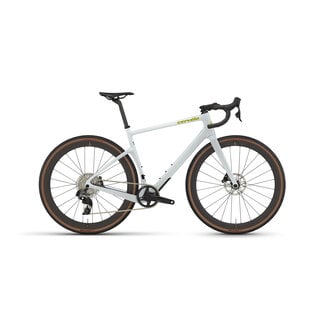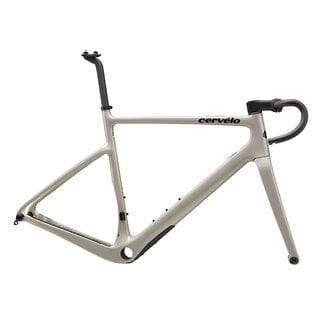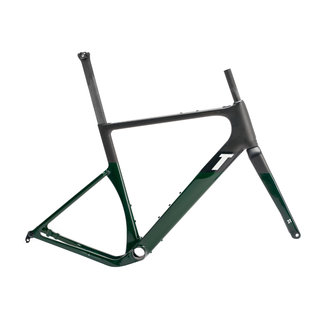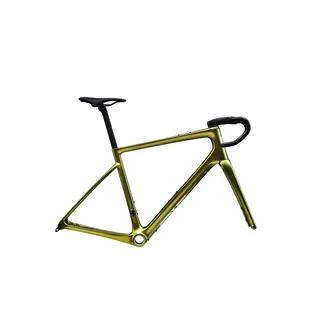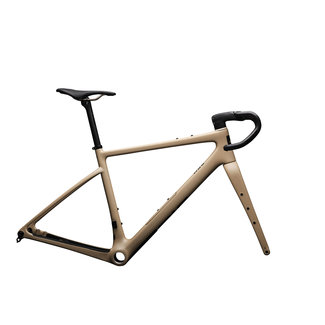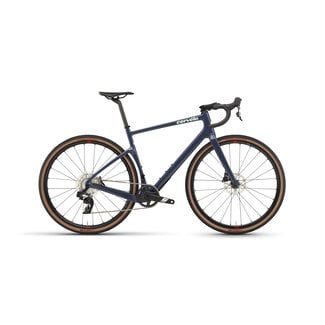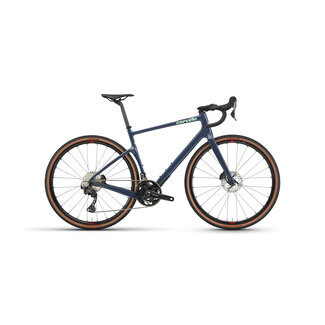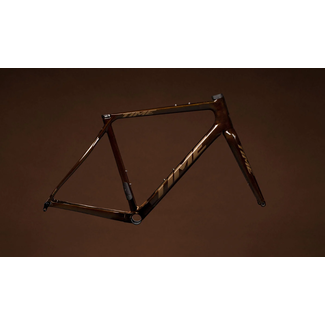There are so many smooth and paved roads out there, so why would you need, or want, to ride on gravel?
More options. Less traffic. Imagine a world with no cars, where you can just enjoy the ride. It's pretty much any cyclist's dream, and it does exist. You just need to go where the cars don't, and that requires a bike that can get you there, AND allow you to ride once you do get there. That's where the gravel segment starts.
Gravel bikes typically fit and ride like your road bike, with drop bars, and clearance for wider tires (32-49 mm is common). Although they may look like your a road bike, the geometry, and your position, is a bit more relaxed to add stability for when the road turns rough. They are also engineered to be more compliant/comfortable to absorb the "road" imperfections. Most people choose to run 700c wheels, like a road bike, but some opt for 650b, or 27.5", wheels on some bikes, like the Cervelo Aspero. The smaller wheel with a larger volume tire, ends up being the same diameter as a larger wheel with a lower volume tire. There is a bit of a speed penalty on the pavement, but you get a lot of suspension and flat protection with that additional tire volume.
Touring - Gravel bikes can be the perfect "packing" bike, too. The longer wheelbase will add stability if you add front or rear panniers. And you don't have to run big tires, if you are going to be mainly on the road. You simply have the clearance, if you want to.
"Can't I just use my mountain bike, you ask?"
Sure you can, but gravel riding is a loose term, and it's pretty rare that you heading out on just unpaved roads. It's much more likely that you will have a mixture of pavement and unpaved sections. And while a road bike will be great on the paved sections, it will not do well on the unpaved segments. And your mountain bike is going to be overkill on the gravel and waaaay slower on the road. Choose the right tool for the job; you'll be happier.


